By Sergio Rodriguez Gelfenstein *
The Peruvian political class has always possessed an intrinsic duplicity that characterizes and shapes it. Betrayal is in their genes since long gone times. The felony that is still part of their daily existence started already at the time of the conquest and colonization.
Francisco de Pizarro, the one who betrayed Atahualpa, was in turn outwitted by his henchman Diego de Almagro, the father. His son of the same name, was sold out in the same way by Cristóbal Vaca de Castro in 1541. Gonzalo Pizarro, brother of Francisco, went even so far as to rebel against the Spanish crown that sheltered him, developing a 4-year war against his own monarchs.
At the beginning of the 19th century, after the landing of General José de San Martín in the south of the country in September 1820, the Spanish leader, General José de la Serna, betrayed Viceroy Joaquín de la Pezuela, overthrew him and appointed himself Viceroy of Peru. San Martín himself was intrigued by the Lima political class. This went even so far as to commit the abominable murder of his lieutenant Bernardo de Monteagudo.
After the withdrawal of San Martín before the impossibility of realizing the independence of the province due to the loss of support from the governments that supported him, in the year 1823, facing continuous military defeats of the Peruvian army, the government and Congress – totally discredited by their inability to continue the struggles for independence – were forced to call Simón Bolívar to assume the leadership of the war. Before that, the army mobilized to overthrow the government in what is considered the first coup in the history of that country. During the so-called “Balconcillo Mutiny”, Colonel José de la Riva Agüero was imposed as the new head of state, which was not accepted by a sector of the elite who appointed the Marquis of Torre Tagle as president.
The existence of two governments in the country would sow the roots of a political instability that has persisted throughout history. Riva Agüero withdrew to the city of Trujillo in the north of the country where he installed his government, but once again his officers betrayed him. Only the arrival of Bolívar to the country in September 1823 and the authorization of Congress for him to govern by decree could provide the minimum stability necessary to allow the organization of the final battles in favor of independence.
The definitive emancipation of Peru and all of South America came to result in the Battle of Ayacucho in December 1824. But as ex-president Alan García said in the video of a conference given in 2003 to young militants from his APRA party – a video that has started to circulate these days – in Ayacucho the Spanish army was made up mostly of Peruvians, while the patriot forces consisted of soldiers from the Rio de la Plata, Chile, Colombia, Ecuador, Venezuela. “Only 20%” of the force were Peruvians, most of them indigenous and peasants from the mountains. The Peruvians of Lima and the coast fought in favor of the Spanish, giving indications that they did not want the realization of independence. The evidence shows that during the emancipatory struggles, the oligarchy and the Peruvian elite first betrayed San Martín and then Bolívar.
Years later, when Felipe Salaverry ruled in Lima, the generals Agustín Gamarra and Luis de Orbegoso joined forces to overthrow him. The then president of Bolivia Andrés de Santa Cruz, who wanted to create a Peruvian-Bolivian confederation that would bring together Upper and Lower Peru, agreed with Gamarra for that purpose. But, despite their common rejection of Salaverry, both generals distanced themselves, with Orbegoso now being the one who allied himself with Santa Cruz while Gamarra agreed with Salaverry to fight against them.
Only a few years later, in 1837, when Chile invaded the Peruvian-Bolivian Confederation, Peruvian exiles supported Chile and fought against their country of origin. Likewise, in the middle of that century, Peru was the object of one of the few military incursions promoted by Spain after its defeat in America. In 1862, a fleet under the command of Admiral Luis Hernández Pinzón occupied territory under Peruvian sovereignty to demand that the government comply with certain demands of Spanish citizens living in the country. Admiral José Manuel Pareja sent to replace Hernández Pinzón imposed humiliating conditions on Peru in exchange for returning the occupied territory, which was accepted by the government in 1865, despite the fact that there was a sector of society that opposed the agreement assumed by the regime.
The only period of glory for Peru in the 20th century occurred during the government of General Juan Velasco Alvarado. Velasco initiated a period of profound transformations in society and the State, carrying out reforms in favor of the most excluded sectors and recovering for the State transnational mining and energy companies that were exploiting Peru and taking the country’s great wealth abroad. Likewise, Velasco developed a profound agrarian reform that plunged like a dagger into the heart of the traditional latifundia property, first on the coast and later in the mountains, urging peasants not to create small minifundista agricultural properties, but to advance in the creation of community associations to work the land.
Velasco became seriously ill in 1973 and in 1975 he was betrayed by his second in command, also General Francisco Morales Bermúdez, who overthrew him, beginning a process of regression of all the popular measures taken by his predecessor.
…And so we arrive at the recent past and the present: Six presidents elected since 1990 who campaigned for one project and governed with another: Alberto Fujimori, Alejandro Toledo, Alan García, Ollanta Humala, Pedro Pablo Kuczynski and Pedro Castillo. If we add to them the constitutional successors Martín Vizcarra and Manuel Merino, we have eight leaders who, after the end of their efforts (some finished before the regulatory time) have been investigated by the courts, in some cases tried, Toledo detained and protected by States United States, and even the extreme case of Alan García who preferred to resort to suicide in order to avoid facing justice.
Pedro Castillo has been the first and the only one among all of them to emerge from that deep Peru, excluded and marginalized for centuries, which has been the primary object of the disastrous consequences of the betrayal of the elites. They never let him govern. From the very first moment, the Fujimorismo and the Lima establishment colluded to make his government unfeasible. They could never prove their accusation of corruption towards Castillo. A prominent Peruvian lawyer who is far from being his fan confessed to me that the most mediocre of his colleagues would have been able to disprove each of the accusations made against him. The rule of law was “legally” violated on the basis of a constitution drawn up and approved by a dictatorship.
Such pressure, which he was not used to or prepared to face, led him to make mistakes. The worst of these was not trusting the people or calling a Constituent Assembly into life, so that the Peruvians in the streets could defend their right to build a better country. The truth is that the third vacancy request was not going to get the 87 votes needed to overthrow him.
In a broader perspective, the departure of Manuel Zelaya from power for trying to do that was much more honorable than the fall of Pedro Castillo due to his paralysis. Castillo did not measure the correlation of forces and should even have thought that the decisive instrument for controlling power, which is the armed forces, supported him. It did not even cross his mind to realize that this was not the case.
Dina Boluarte, governing in absolute loneliness, has had to take back her goals. In affirming that she had been elected by the people to govern until 2026, she has had to accept an advance of elections for 2024, although she has already let some of her closest supporters know that that date may be very far away. Friendly sources in Lima, who have consulted the magistrates of the National Elections Board, have informed me that they have commented that they will be ready so that, without violating the law and after a constitutional reform, the elections can be held in July-August 2023.
Boluarte should accept this possibility, propose it to the political class and wait for their response. There are two scenarios: that the proposal is accepted, after which the demonstrations and the escalation of violence will surely be temporarily deactivated, although without a definitive solution because it will come only from the holding of a Constituent Assembly that changes the rules and creates conditions for governance and political stability.
But, in the event that the elites represented in Congress do not accept the early elections for 2023, they will be adding “gas to the fire” and they will have to prepare for the worst, including a civil war.
An accredited diplomat friend in Peru has told me that the demonstrations, more than supporting Castillo, are an expression of the people’s weariness due to the contempt, humiliation, marginalization and racism on the part of the Lima oligarchy and Congress towards the sectors humble of society, particularly those in the interior of the country, in the mountains and in the jungle.
Boluarte has no chance of governing; she does not have any political or social force to support her. She is a hostage to the establishment, the right represented in Congress and the armed forces. She tried to calm the situation by appointing a third-level technocratic cabinet that has no experience, capacity or political management to face a crisis of the dimensions of the conflict that Peru is experiencing. If the protests continue and escalate, the country will be militarized, which will lead to the “legalization” of the repression without it being possible to measure the consequences of this.
At the international level, the inability of the United States embassy to respond to the situation has become obvious, giving rise to the paradox that it is not known whether its immobility is positive or not. The declaration of 4 Latin American presidents can only be understood as a manifestation of wills based on the obsessive idea of President Gustavo Petro to consider the Inter-American Commission on Human Rights (IACHR) as the sacred holy instance that will solve all the problems of the region.
Alberto Fernández, for his part, has gone from calling by phone first and giving his support to Boluarte, to now recognizing Pedro Castillo through the declaration of the 4 presidents. A true mistake, especially when he, as president pro tempore of CELAC, should have summoned the institution to seek a common point of view regarding the Peruvian crisis, in the same way as Néstor Kirchner did, who as secretary general of Unasur, he immediately summoned the regional leaders to meet on September 30, 2010 when an attempt was made to carry out a coup against President Rafael Correa. The heads of state of the region went to Buenos Aires that same night exerting strong pressure that played an important role in resolving the conflict in Ecuador.
Finally, two decisive actors in the face of the conflict find themselves crouching in the midst of their contradictions. This is manifested above all within the Catholic Church, where “anti-Francisquist” and “Francisquist” bishops debate the dichotomy of supporting the government and the coup leaders in Congress or exerting strong pressure towards a deeper and more permanent solution to the conflict.
For its part, the armed forces maintain the traditional coupist and reactionary position of the last 50 years, but a minority sector of the army, heir to the Velasquista tradition, finds itself crouching down waiting for a better moment – which is not known if it will occur and when – to stand once again, as 54 years ago, at the side of the Peruvian people and in defense of their interests.
* Sergio Rodríguez Gelfenstein is a Venezuelan international relations expert, who was previously Director of the International Relations of the Presidency of the Bolivarian Republic of Venezuela, his country’s ambassador to Nicaragua and an advisor for international politics for TELESUR. Gelfenstein has written numerous books, among them “China in the XXI Century – the awakening of a giant” which has been published in several Latin American countries. You can follow him on Twitter: @sergioro0701





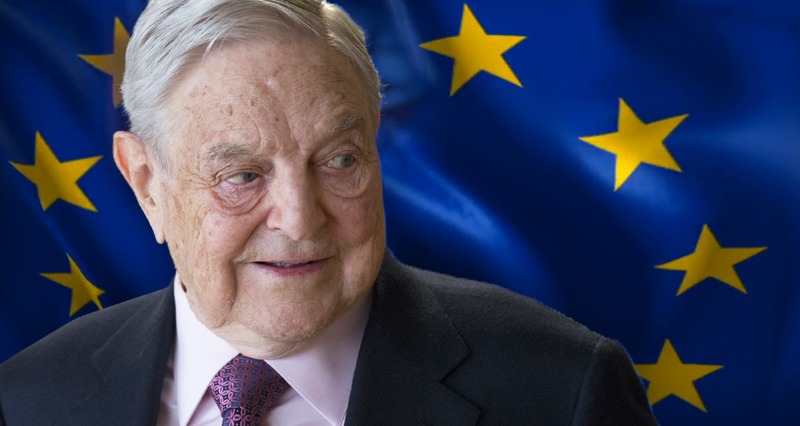

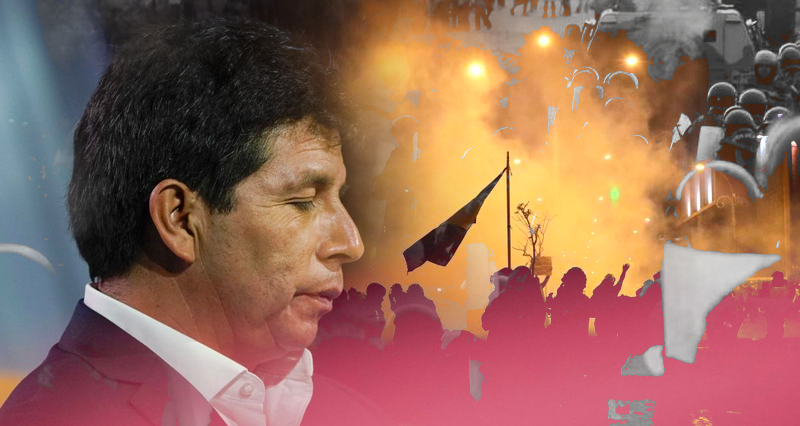
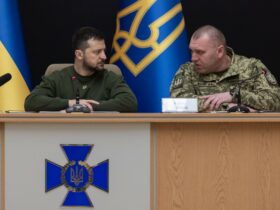
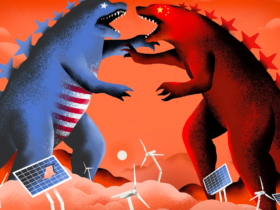
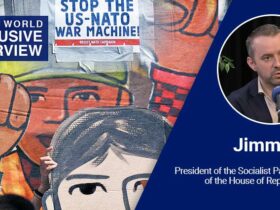
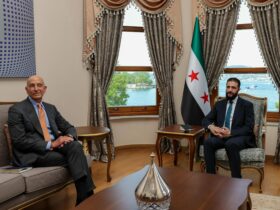
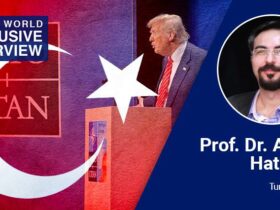
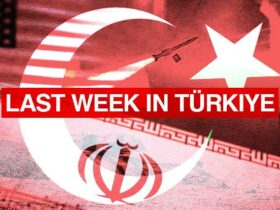
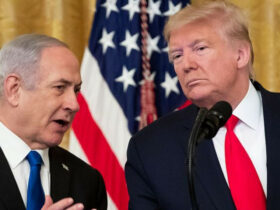


Leave a Reply